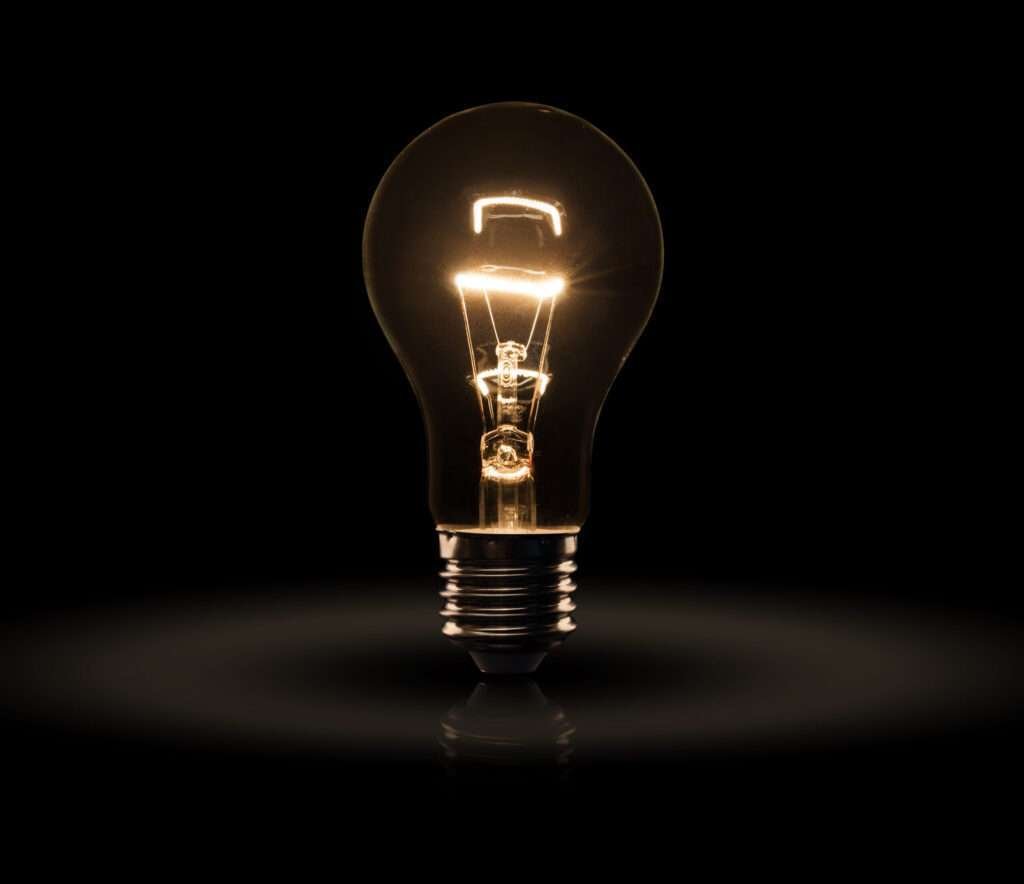The bulb is one of the most important inventions that lights up our homes, schools, and streets every day. Without the simple bulb, our world would look very different, especially at night. Over time, different types of bulbs have been made, each offering more light and lasting longer than before. But have you ever heard of a bulb that has lasted over 100 years?
The Centennial bulb is a real mystery. It’s been glowing since 1901 and still shines today! This incredible bulb holds the Guinness World Record for the longest-burning light in history. But what makes this bulb so special, and how can modern bulbs help us save energy? In this blog post, we’ll explore the amazing world of bulbs, from the past to the future.
What is the Centennial Bulb? The 122-Year-Old Light
The Centennial bulb is a legendary light that has amazed people for over 100 years. It was first installed in 1901 and has been shining almost continuously since then. Many people wonder how a simple bulb has lasted so long when most bulbs burn out after a few months or years.
This famous light is located in Livermore, California, and holds the Guinness World Record for the longest-burning bulb. Even though it’s over a century old, it still glows, though much dimmer than when it was first installed. Its long life has made it a symbol of durability and reliability.
Scientists have studied this bulb, but its exact longevity remains a mystery. Some think it’s due to the special way the bulb was made, with hand-blown glass and a thicker filament. Whatever the reason, the Centennial bulb is a unique piece of lighting history.
How Does the Centennial Bulb Work? The Science Behind the Glow
The Centennial bulb works like other incandescent bulbs, but with a few key differences. Incandescent bulbs produce light when an electric current heats a filament inside, causing it to glow. In most bulbs, the filament eventually breaks due to heat, but the Centennial bulb has lasted for more than 100 years without breaking.
One reason the bulb may have lasted so long is that it uses a carbon filament instead of the tungsten filaments found in modern bulbs. Carbon filaments are known to be more durable, especially when they are not exposed to too much heat. The bulb is also hand-crafted, which may make it stronger than machine-made bulbs.
Over time, the Centennial bulb has become much dimmer, and today it only gives off the light of a small nightlight. But even at its lower brightness, the fact that it still works is what makes this bulb so incredible.
Why Do Some Bulbs Last So Long? Uncovering the Mystery
Why do some bulbs, like the Centennial bulb, last for such a long time? It comes down to a few important factors, including the materials used and how the bulb is powered. For example, the Centennial bulb uses lower wattage, which means it doesn’t get as hot as other bulbs. This reduces the chance of the filament burning out quickly.
Another reason could be the low and steady power supply the bulb receives. Power surges and fluctuations can damage bulbs, but the Centennial bulb has had a consistent power source for over a century.
Modern LED bulbs are also built to last a long time, though for different reasons. LED technology doesn’t use filaments; instead, it uses a semiconductor to produce light. This makes LEDs more efficient and longer-lasting than incandescent bulbs. Even though no modern bulb may last as long as the Centennial bulb, LED bulbs can still shine for many years without needing to be replaced.
Types of Bulbs: From Incandescent to LED Technology
There are many different types of bulbs available today, each with its own benefits and drawbacks. Incandescent bulbs were the first widely used bulbs and work by heating a filament to produce light. They are inexpensive but don’t last very long and are not energy-efficient.
CFL (Compact Fluorescent Light) bulbs came next, using gases and a small amount of mercury to create light. These bulbs are more efficient than incandescent ones but take time to warm up to full brightness and contain harmful chemicals.
Today, LED bulbs are the most popular choice. LED stands for Light Emitting Diode, and these bulbs are extremely energy-efficient and long-lasting. Unlike incandescent and CFL bulbs, LED bulbs don’t get hot, which helps them last longer. They are also available in a variety of brightness levels and colors, making them perfect for any home.
How Energy-Saving Bulbs Help the Environment and Save Money
Switching to energy-saving bulbs can make a big difference in both your electricity bill and the environment. Energy-efficient bulbs, like LEDs, use less power and last much longer than traditional incandescent bulbs. This means you need to replace them less often, saving money over time.
Some of the benefits of energy-saving bulbs include:
- Lower energy usage: Energy-saving bulbs use up to 80% less electricity than traditional bulbs.
- Longer lifespan: These bulbs can last 15,000 to 50,000 hours, meaning fewer replacements.
- Less heat produced: Since energy-saving bulbs don’t get as hot, they waste less energy and are safer to use.
By choosing energy-saving bulbs, you can reduce your carbon footprint and help protect the environment while also cutting down on costs.
Conclusion
In the world of light bulbs, there are so many options to choose from, but each type has its own benefits. The Centennial bulb is a special part of history because it has lasted for over 100 years, which is very rare. Even though modern bulbs don’t last as long, newer technologies like LED bulbs are very efficient and can save a lot of energy and money.
Whether you need a bulb for your home or office, it’s important to pick the right one for your needs. Energy-saving bulbs are a great choice because they are good for the environment and last a long time. With so many choices, there is a perfect bulb for every place you need light!





More Stories
Elevating Enterprise Solutions with App Developers and .NET Experts in India
Canada’s Top App Developers: Toronto and Calgary Leading the Way
Why Is an Effective AML Compliance Program Crucial for Your Business?